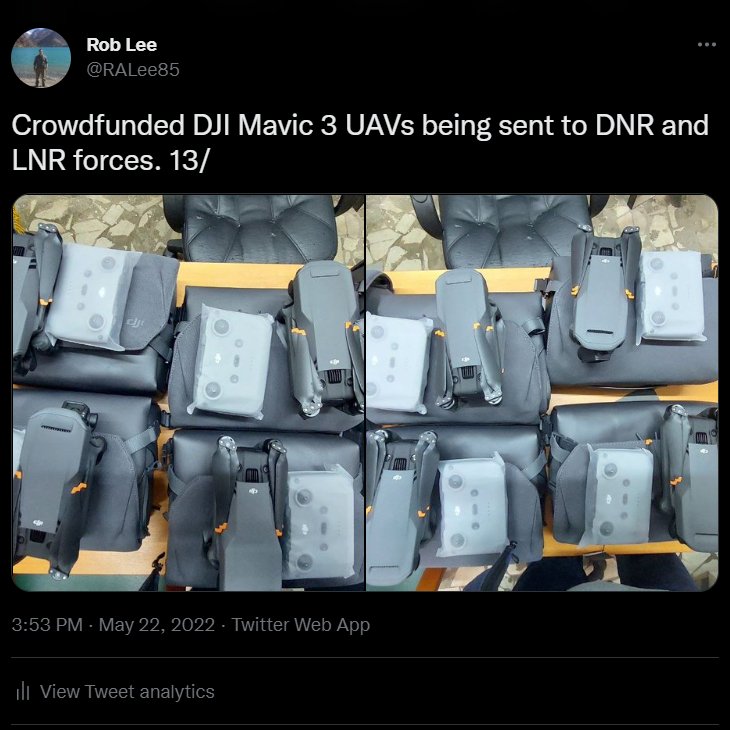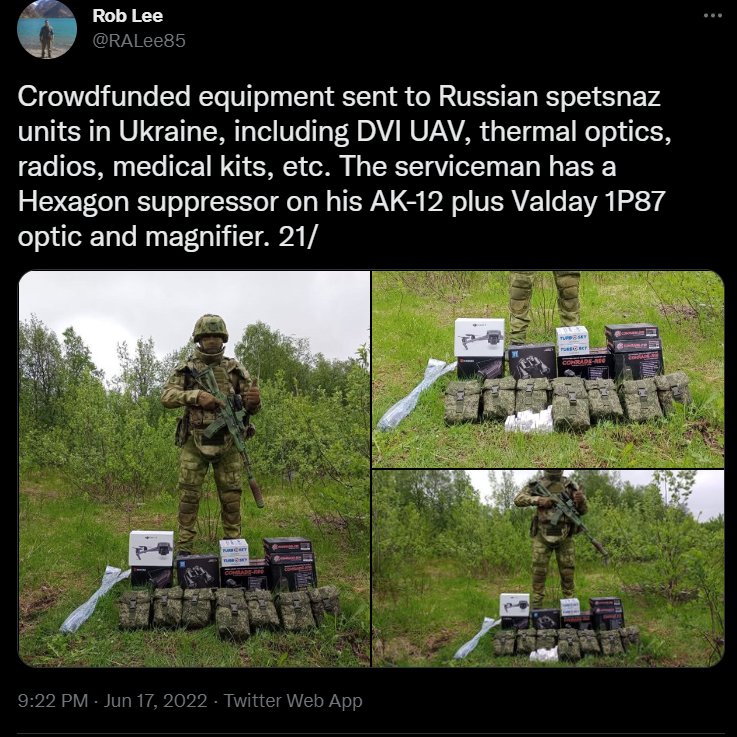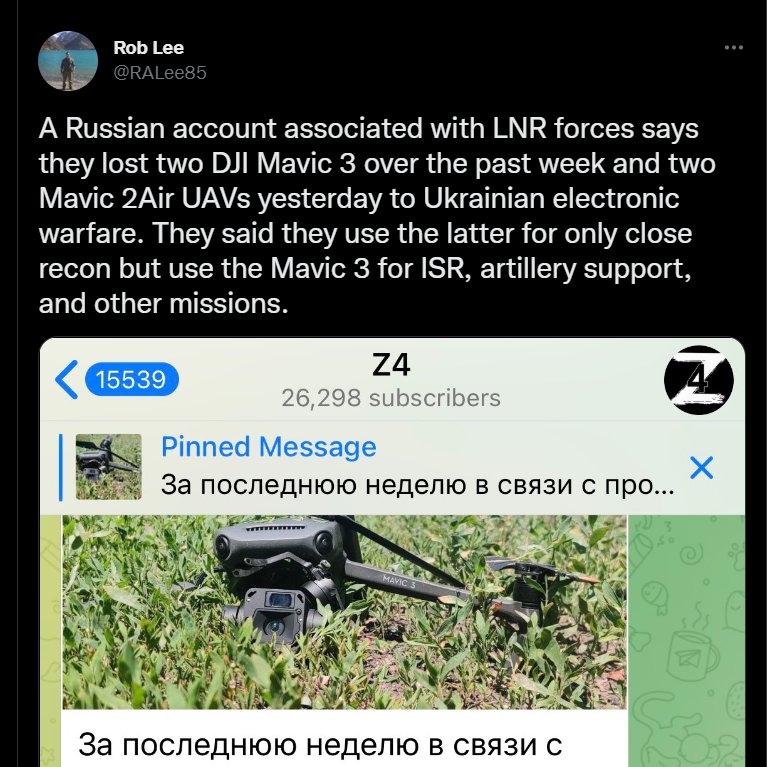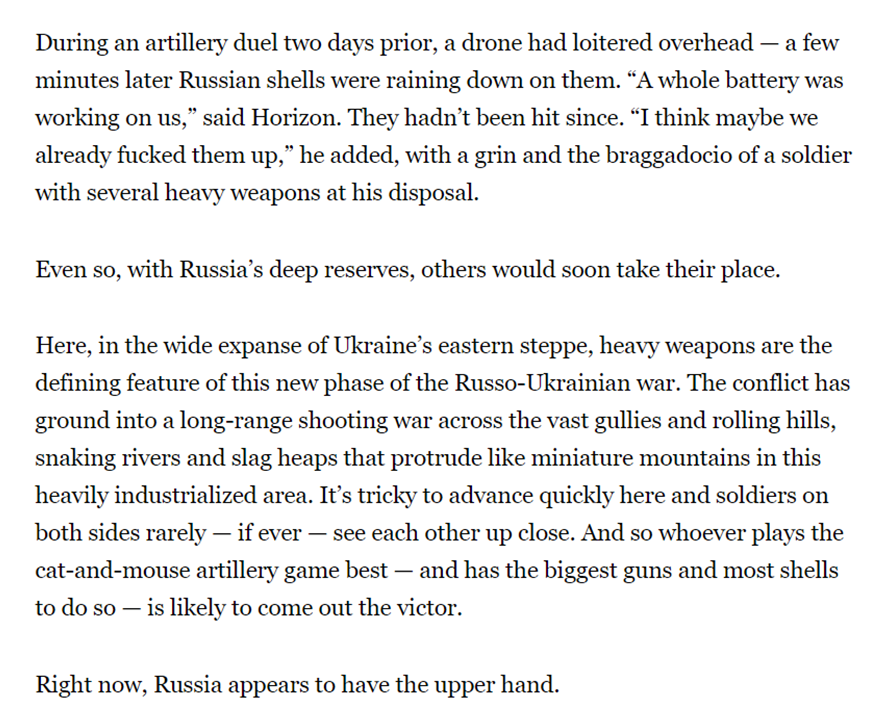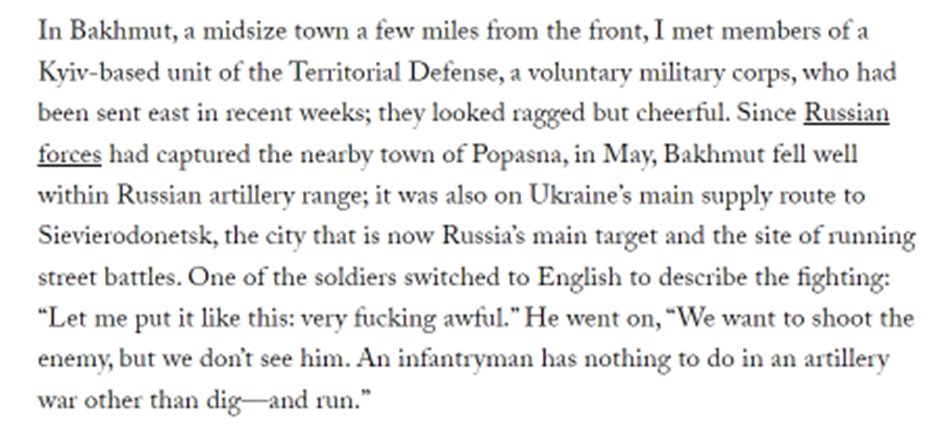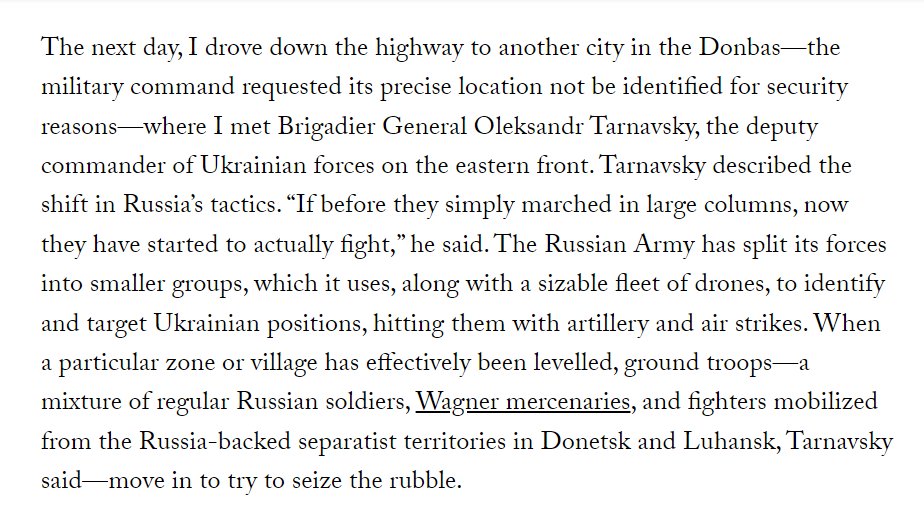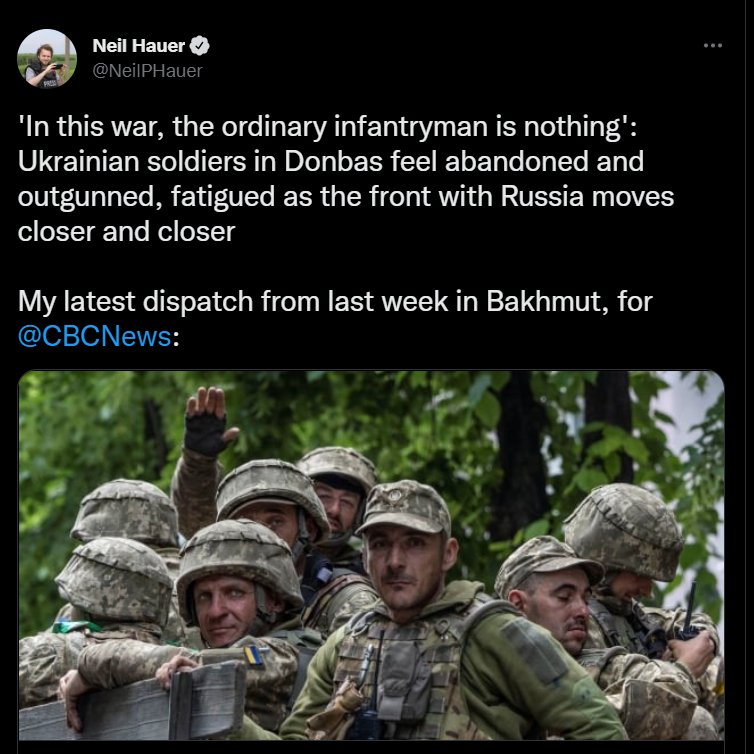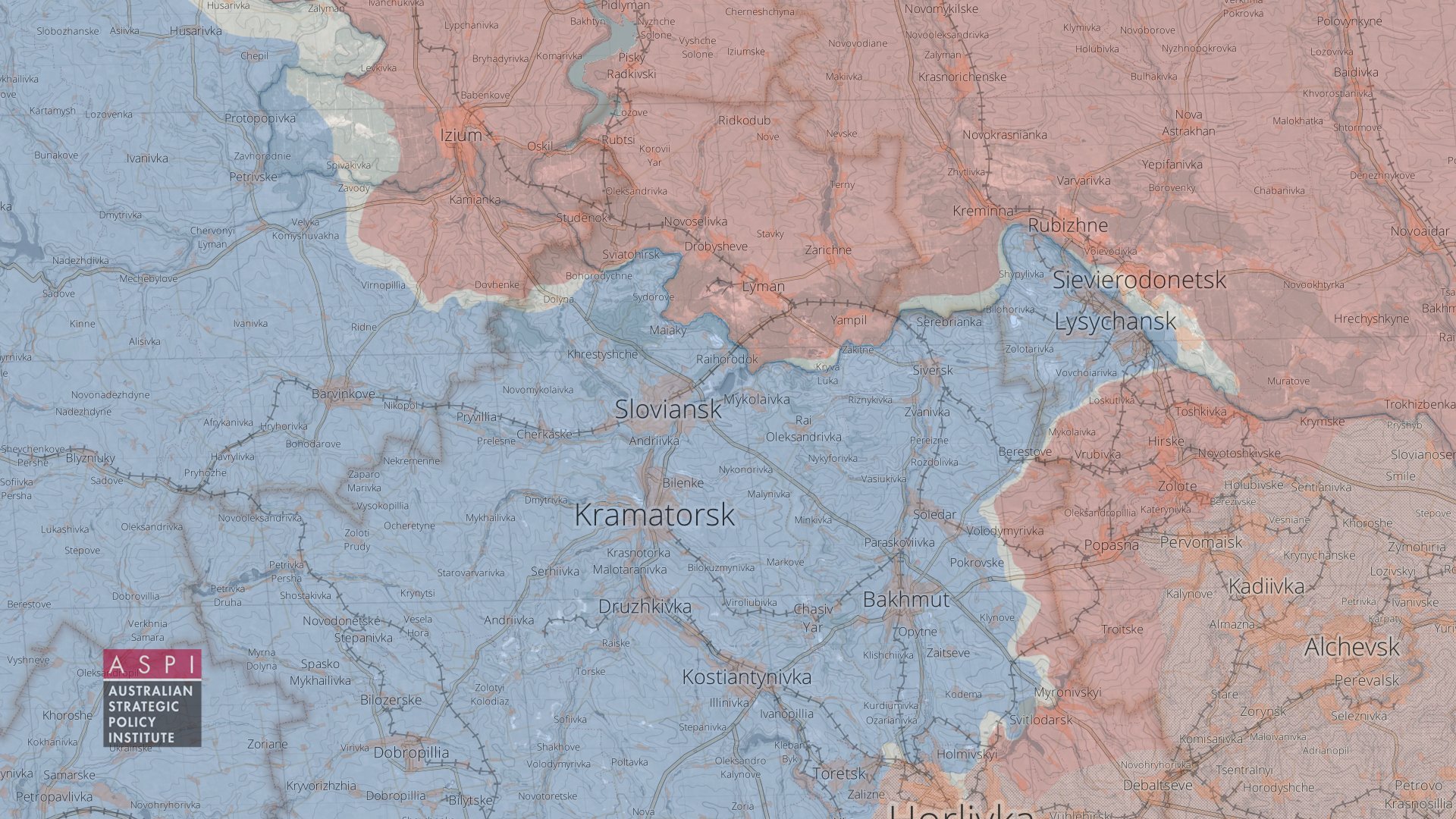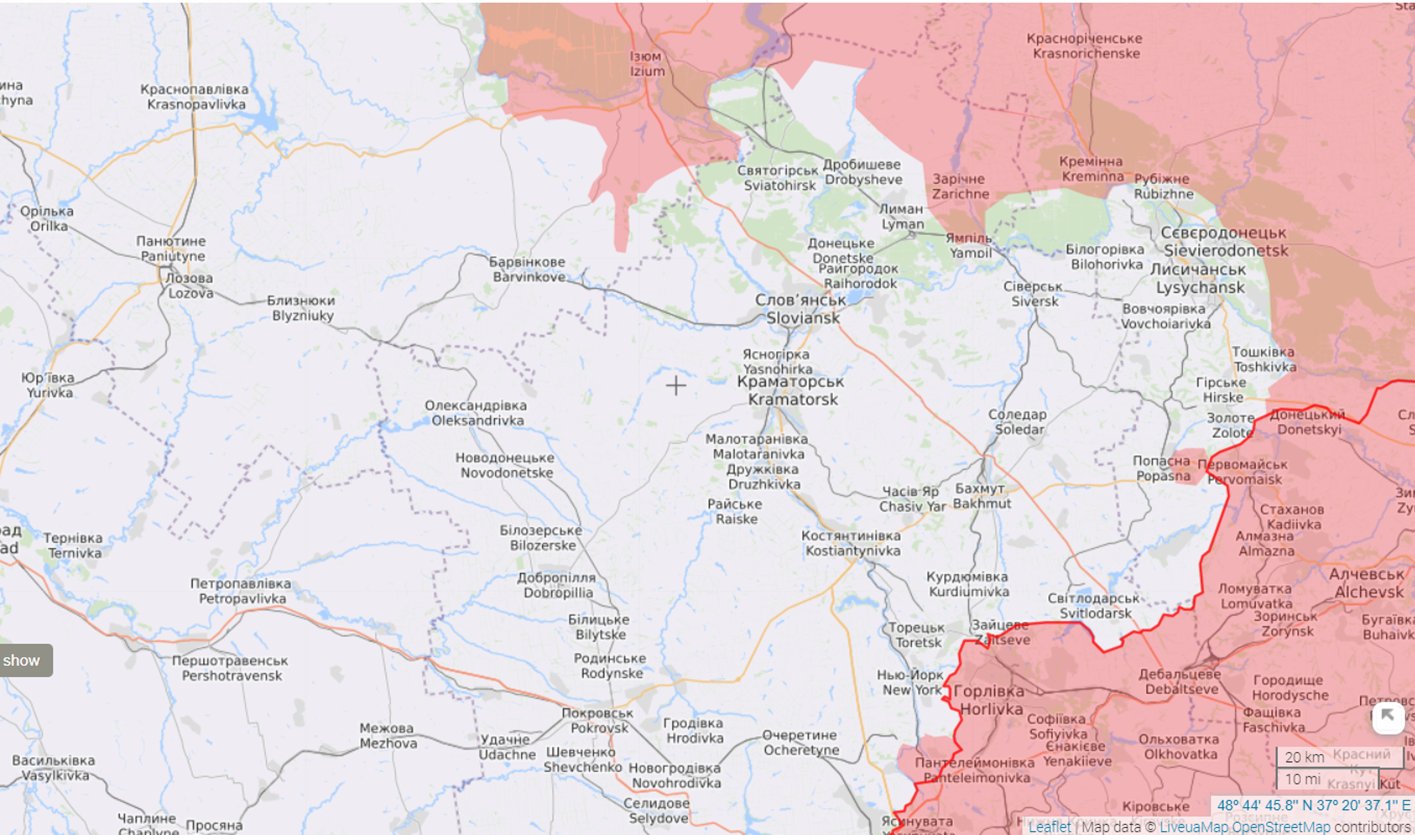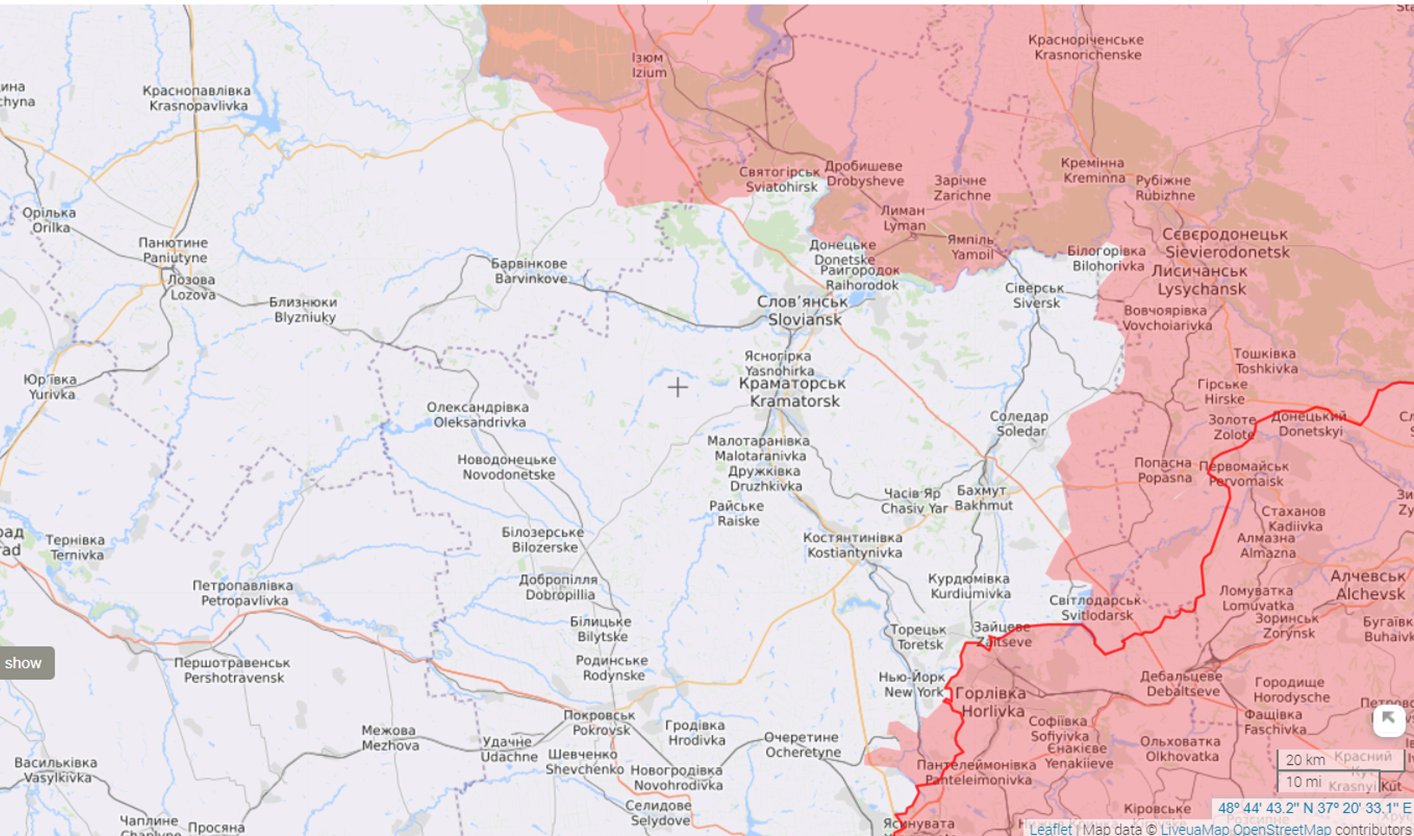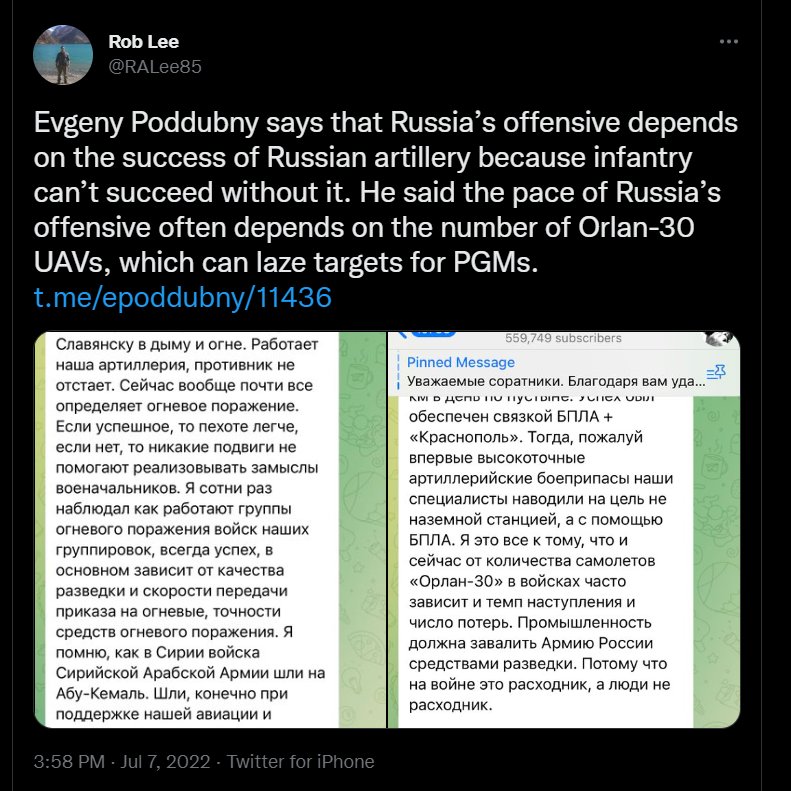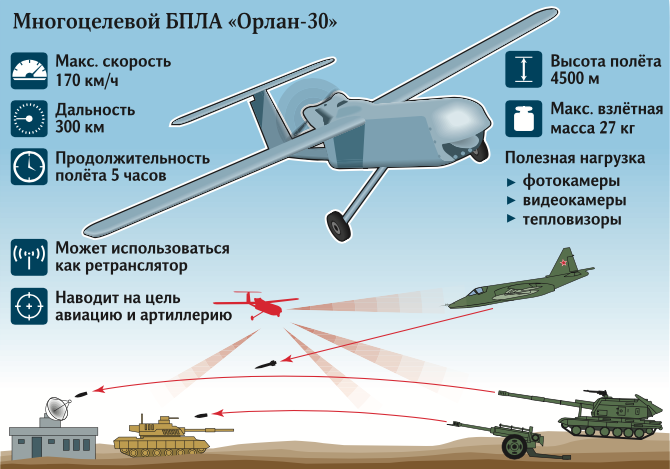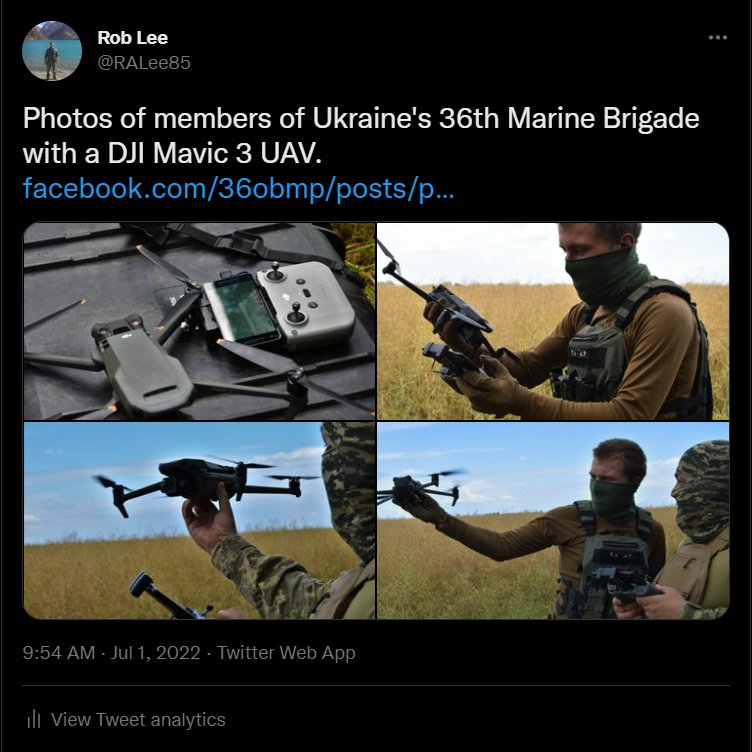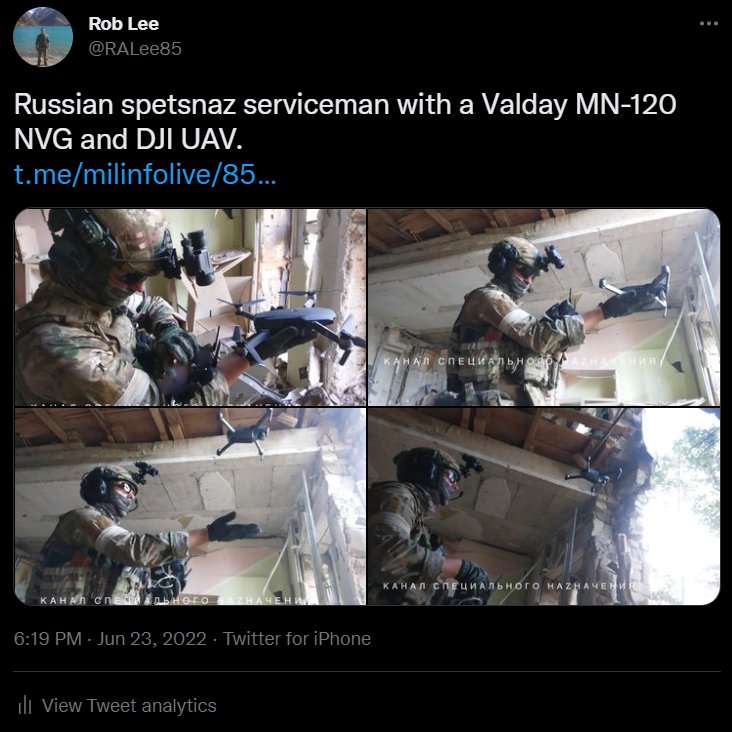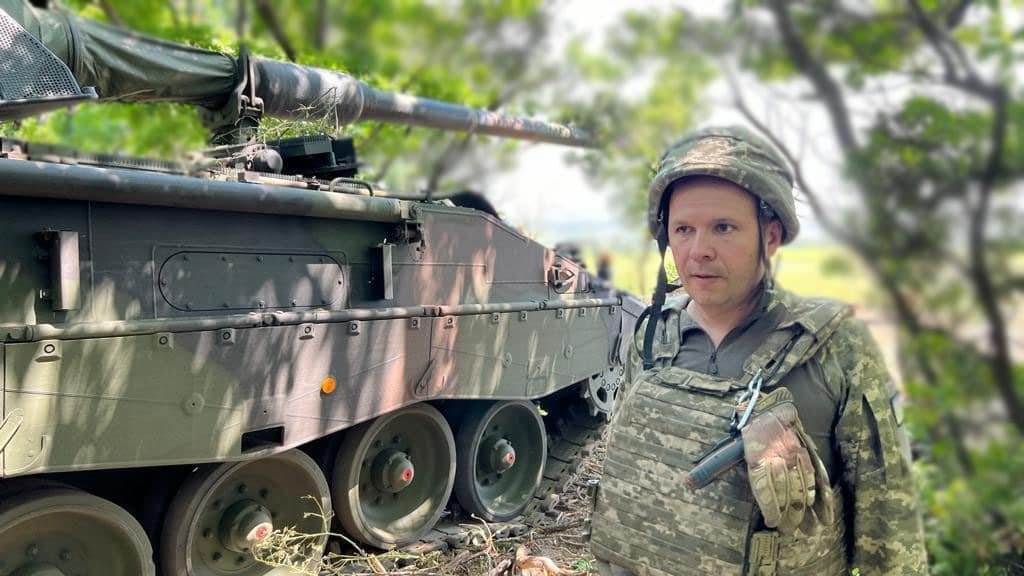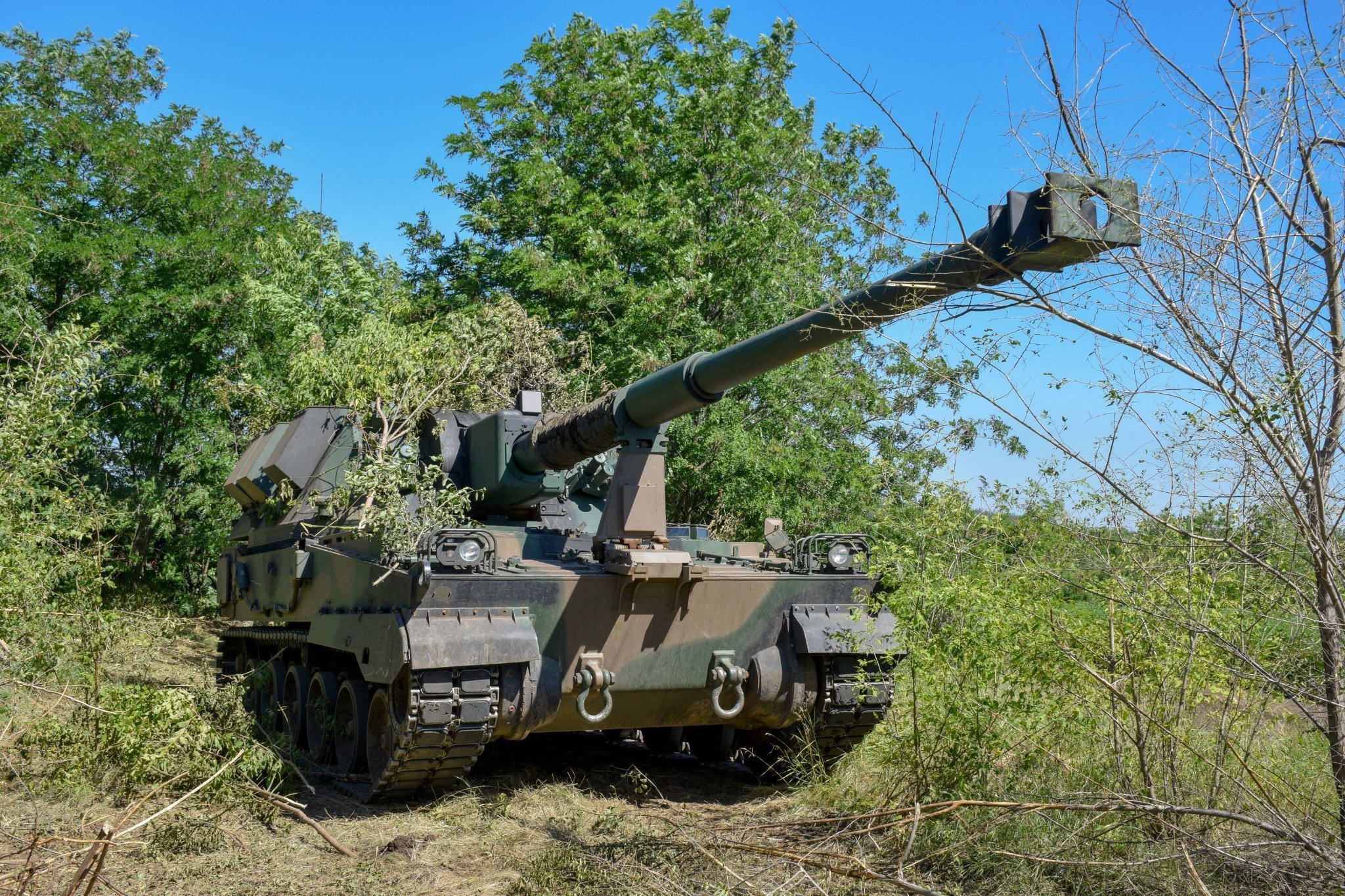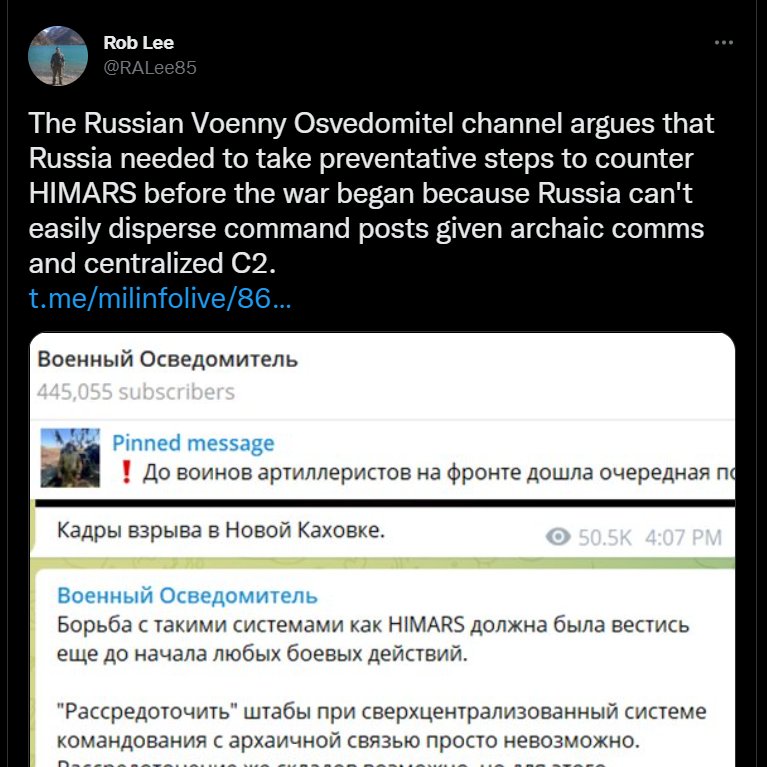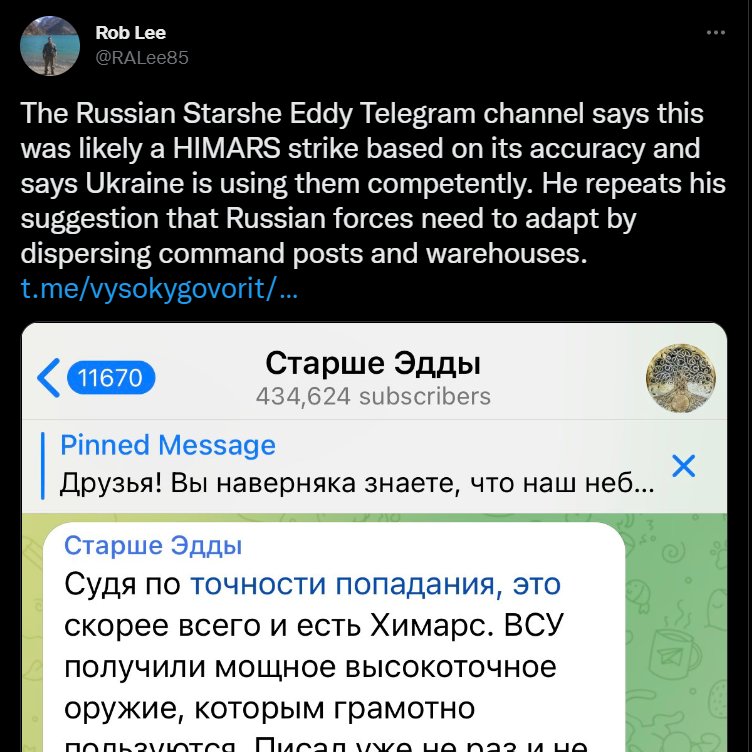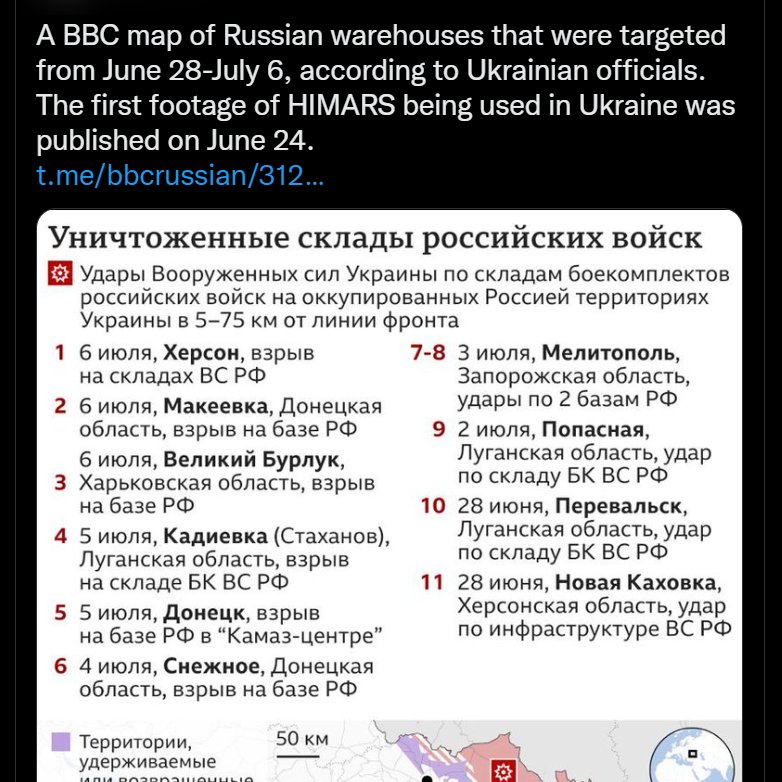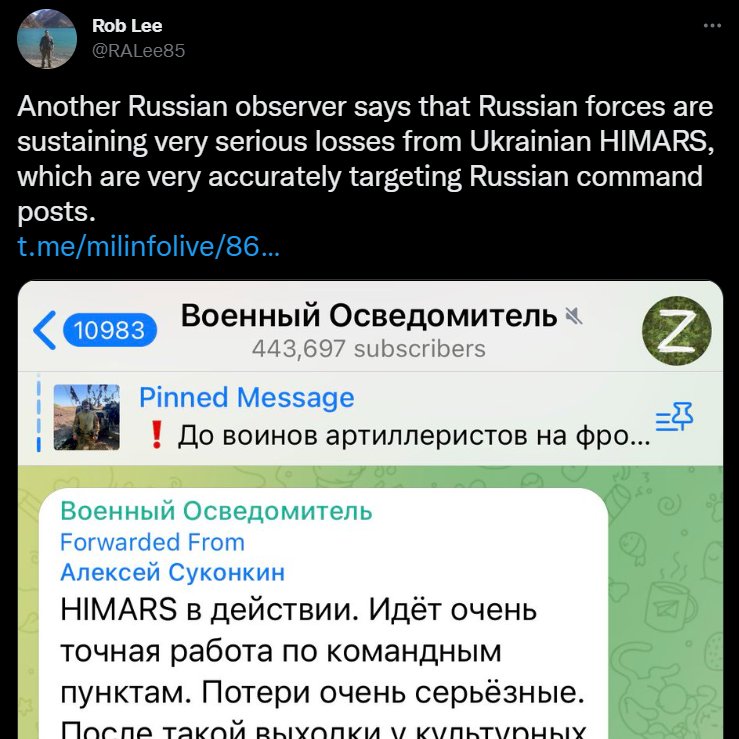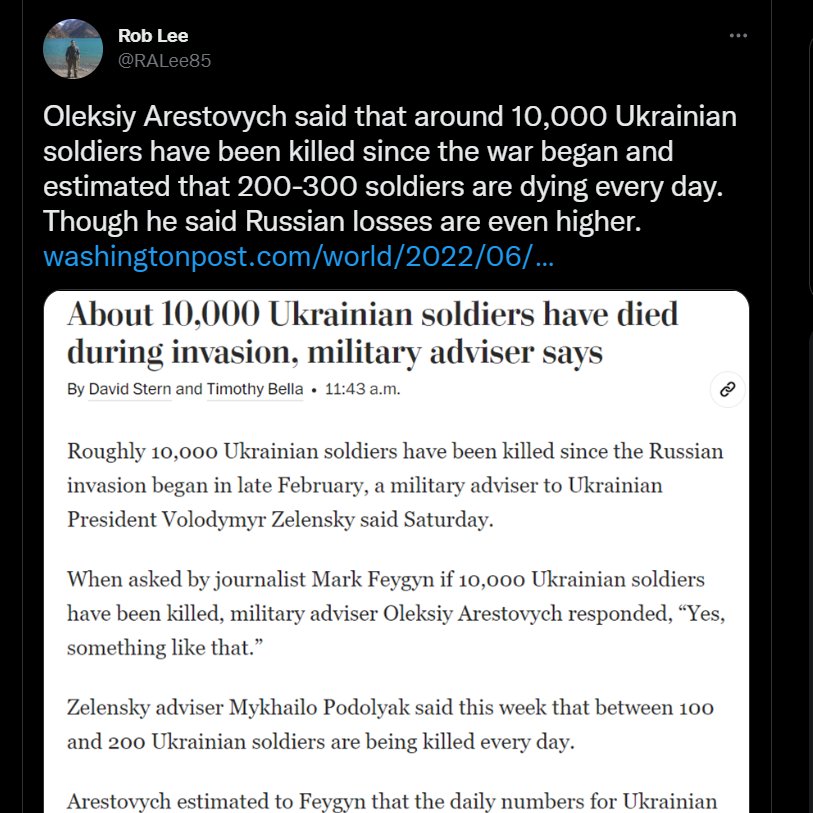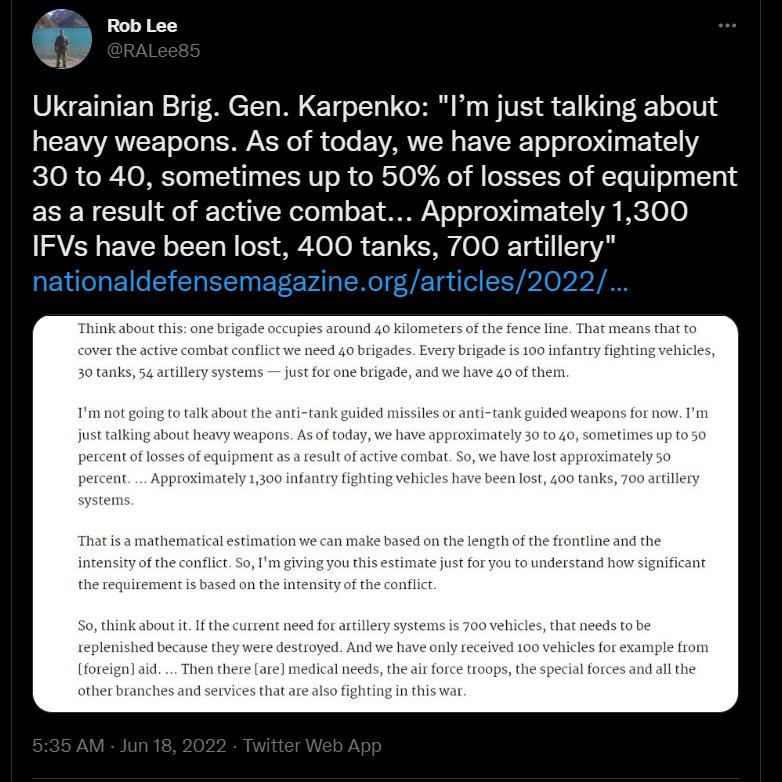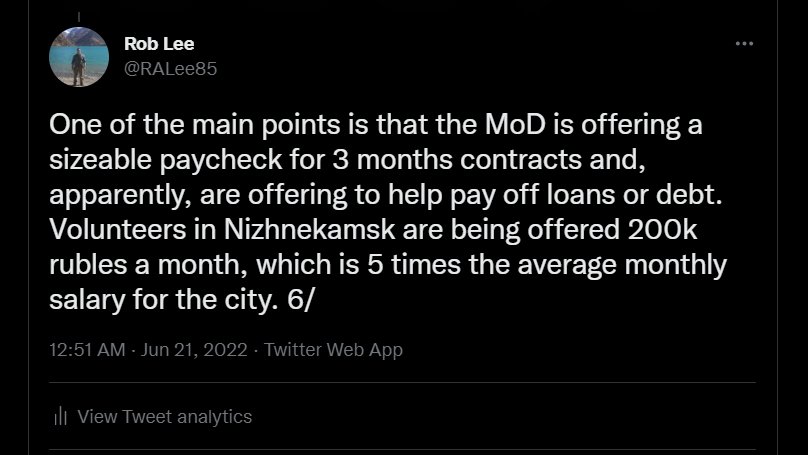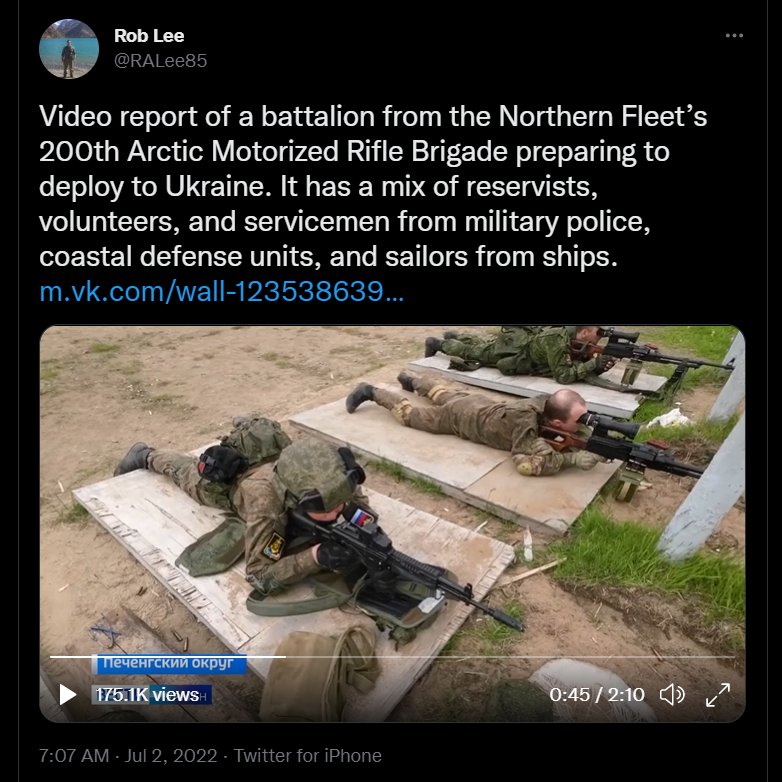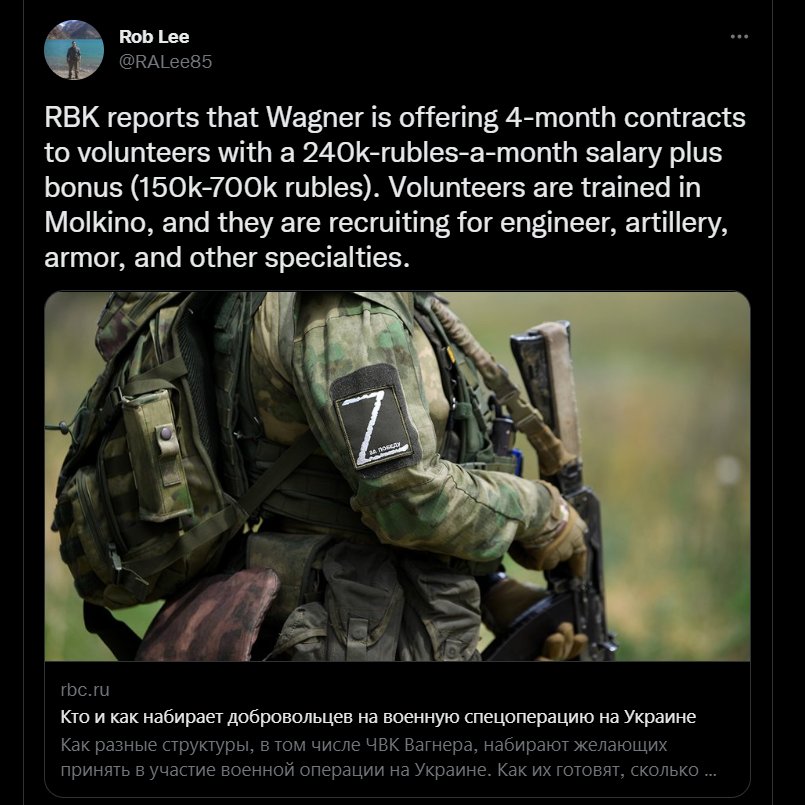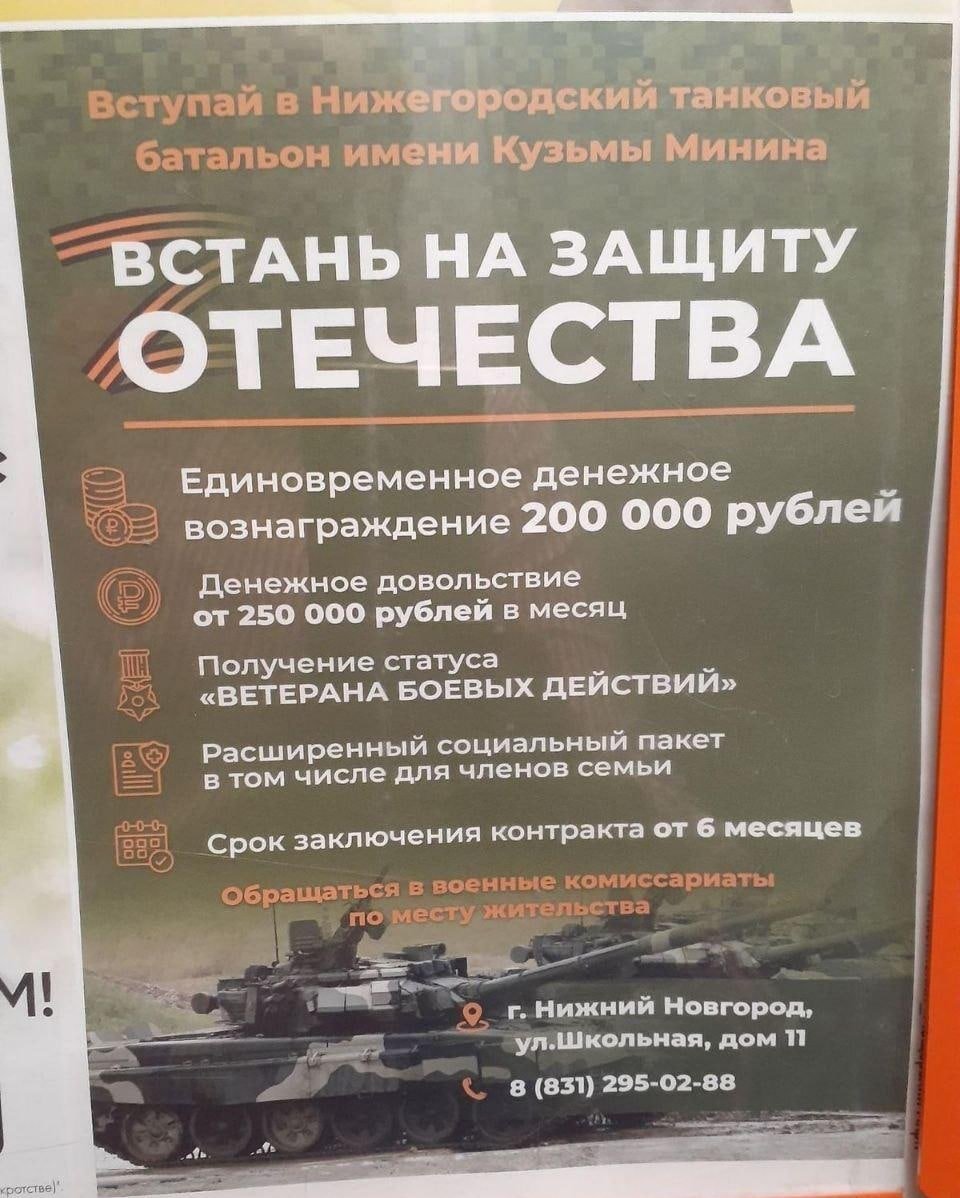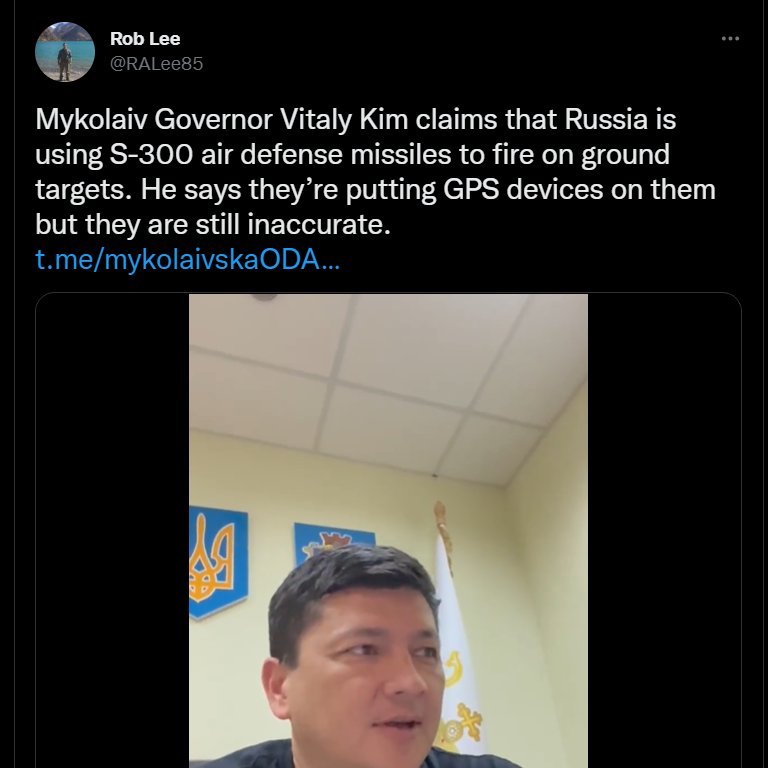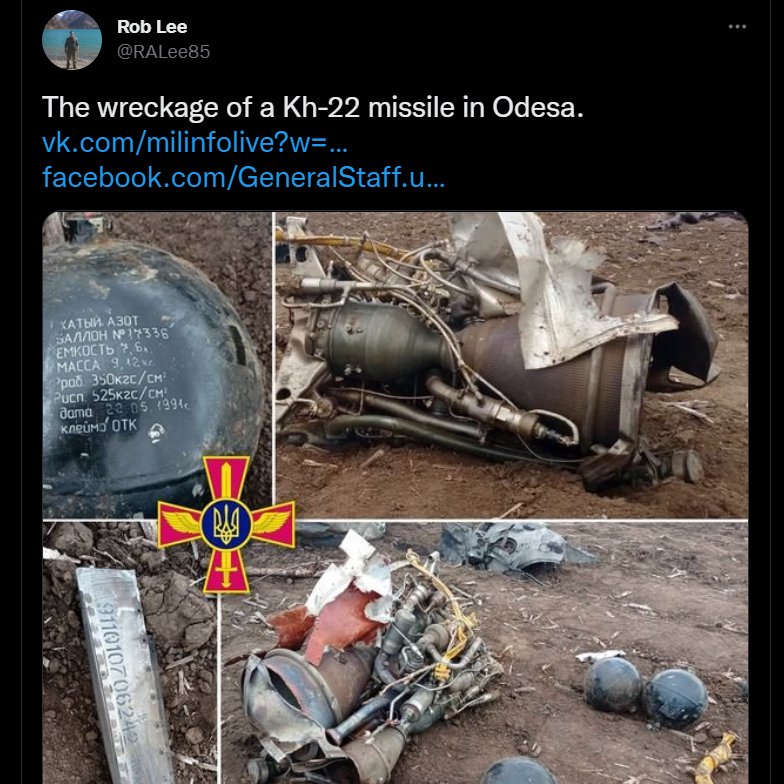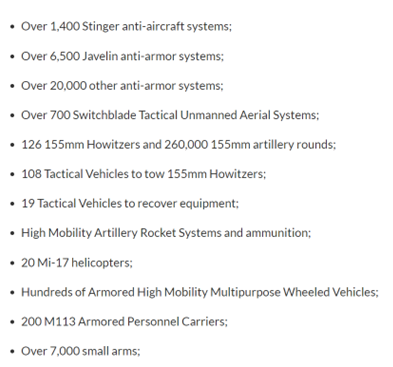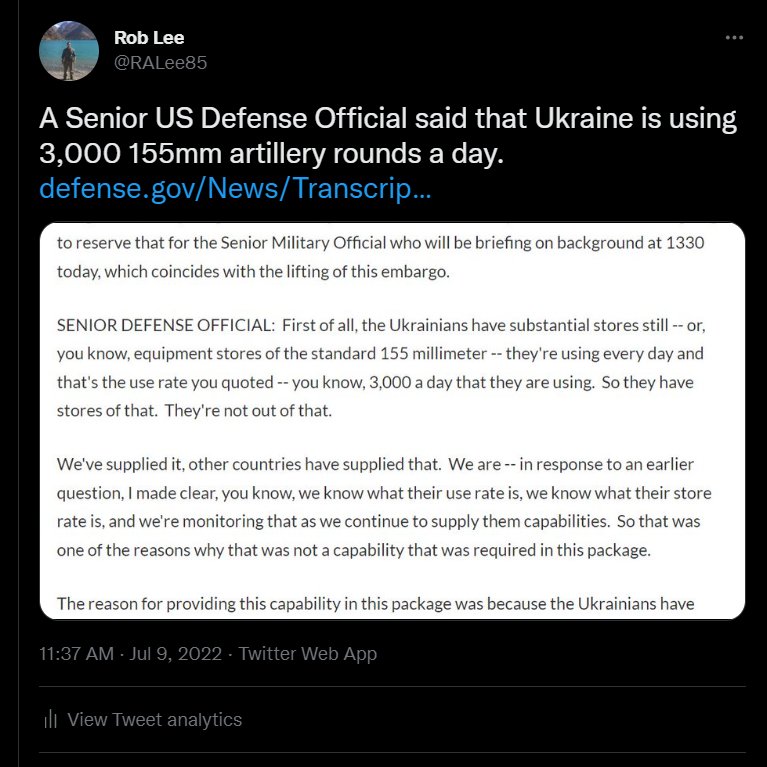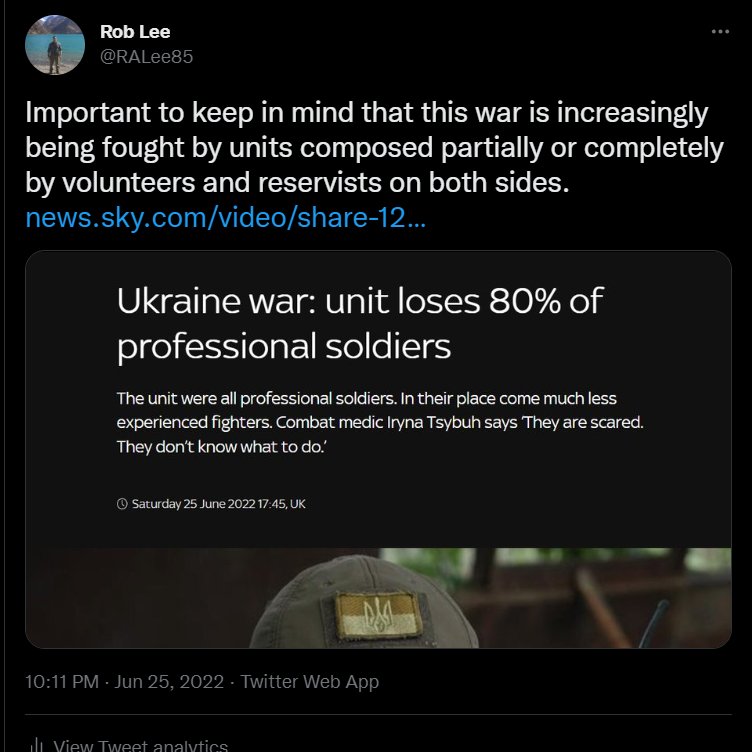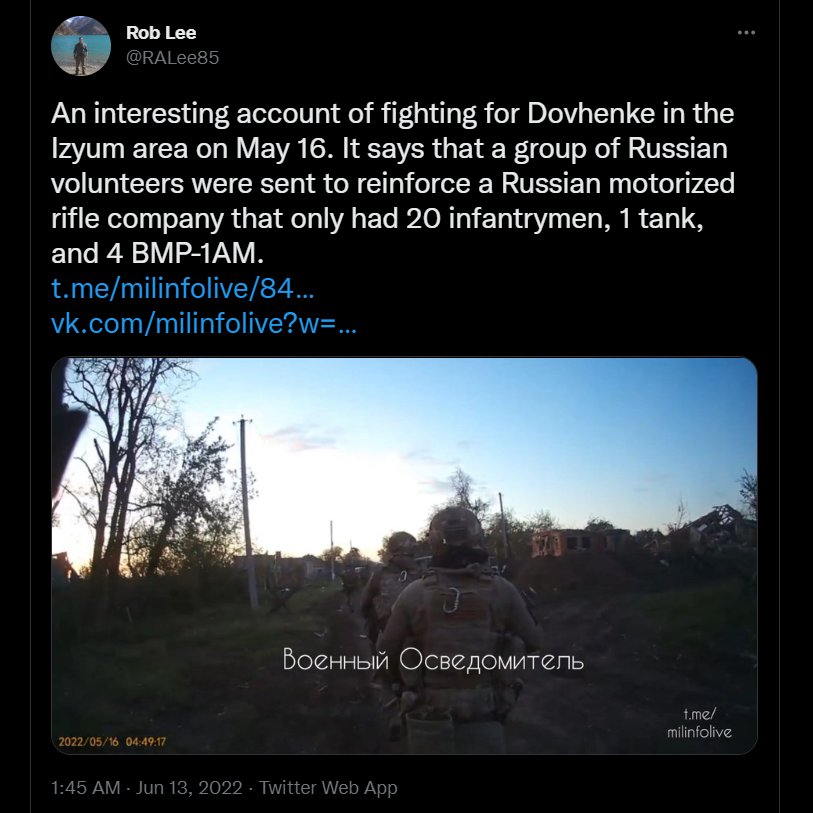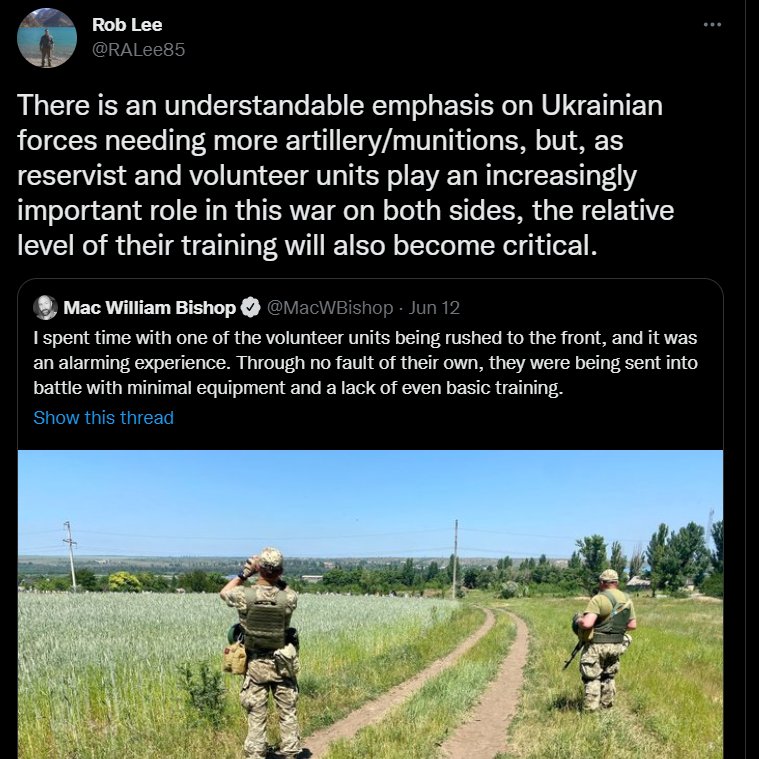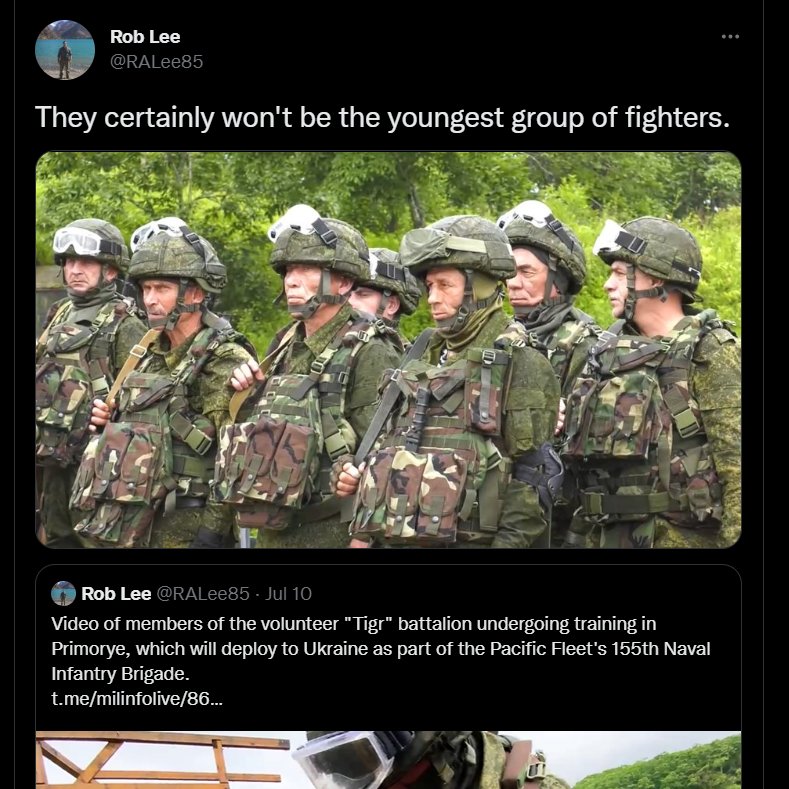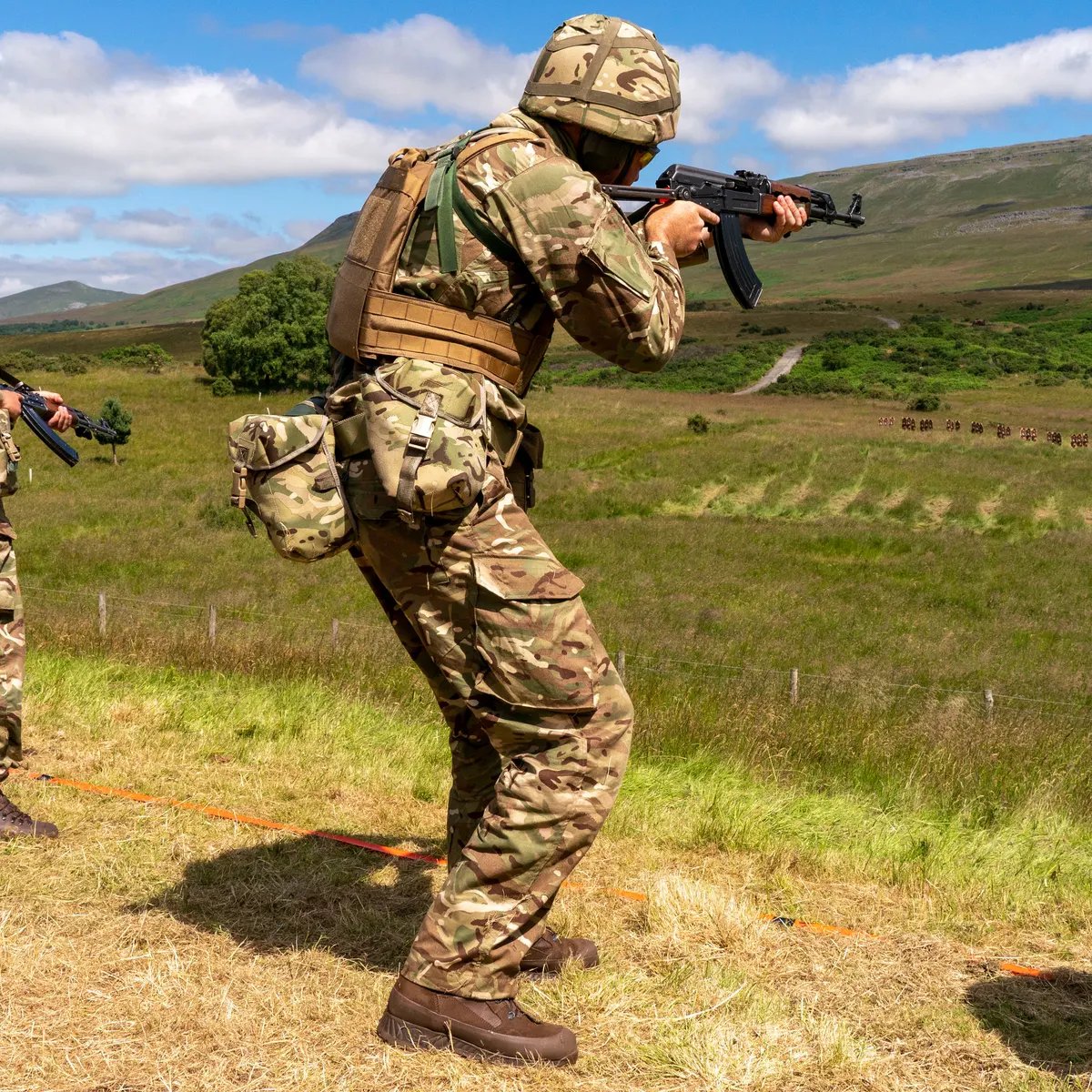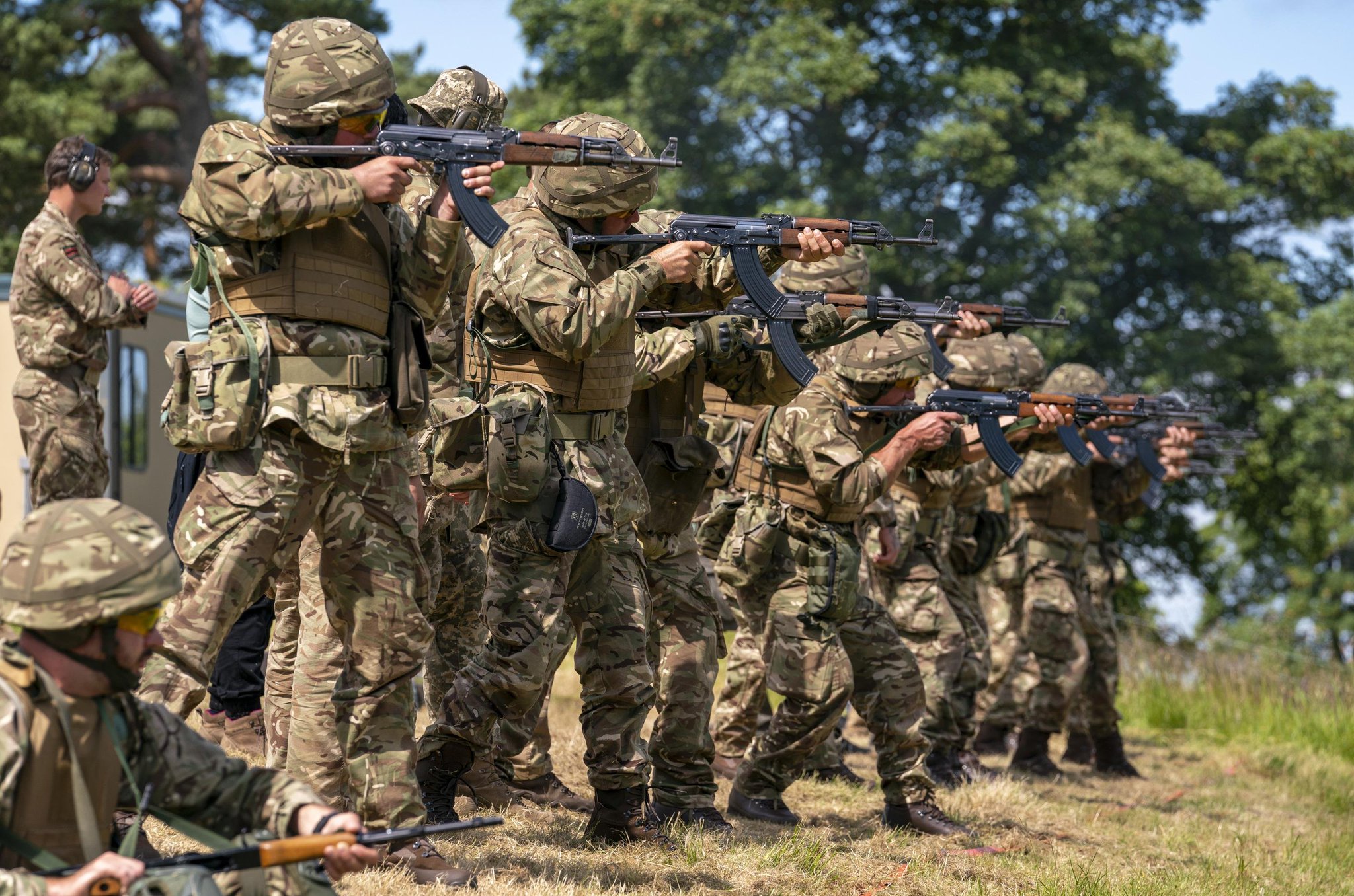Thread
Thread on the current status of the war. I wrote about the battle for the Donbas in April, and I think it still applies. The war is now primarily about sustainability and relative losses, which is how we should view Russia's successes in Luhansk.
www.economist.com/by-invitation/rob-lee-on-why-attrition-will-be-a-critical-factor-in-the-battle-for-...
www.economist.com/by-invitation/rob-lee-on-why-attrition-will-be-a-critical-factor-in-the-battle-for-...
From April through mid-May, Russia only had limited success in the Donbas, and its forces continued to commit a number of costly tactical mistakes, most notably during a series of river crossings around May 9. However, Russian forces have performed better since mid-May. 2/
Some of this was adaptations, but it was mostly the Russian military fighting according to its doctrine and using combined arms, which it didn't in Feb-March. There was more evidence of the use of the recon-fire complex and a better integration of artillery, UAVs, and maneuver.3/
Russian forces made better use of EW, AD, counter-battery fire, dismounted infantry, armor (the rate of tank losses is far lower than in Feb-March), and units began procuring their own commercial UAVs, which they said was critical, particularly having enough to replace losses. 4/
Unlike in Feb-March, Russia maximized its advantage in fires. It wasn't pretty and the artillery strikes often weren't that accurate, but persistent artillery fire is tough for any soldiers to withstand and it eventually wore down Ukrainian units that couldn't always rotate. 5/
The nature of the salient was also disadvantages for Kyiv. In order to provide effective air defense and artillery coverage for the easternmost units, Kyiv would have to move long-range systems into the salient, which could be targeted by arty on the flanks. (map from June 11) 6/
Consequently, Russia was able to use airpower (though it still couldn't interdict) and artillery more effectively. It could use shorter-range MLRS like the TOS-1A with less risk of counter-battery fire because long-range Ukrainian arty was farther away. 7/
Not surprisingly, Russia had most of its success pushing westward from the easternmost part of the front, but Ukraine's northern and southern flanks largely held. The main strategic threat was that a large group of Ukrainian forces would be encircled, but this didn't occur. 8/
Russia's problem was that it was using a mix of amalgamated and volunteer/reserve/mobilized LDNR units for much of the fighting after sustaining heavy losses in Feb-March. So its advances were slow and depended heavily on having a significant advantage in fires to compensate. 9/
Some Russian sources have said the pace of Russia's advance depended on the presence of Orlan-30 UAVs, which, unlike Orlan-10, can laze targets for Krasnopol PGM artillery rounds. The use of commercial UAVs also became critical for both sides for ISR and artillery targeting. 10/
The capture of Severodonetsk/Lysychansk are victories for Russia. They are important for domestic support (which would be far lower if the offensive stalled), a sense of momentum, and likely for recruiting efforts, but their loss isn't that strategically significant for Kyiv. 11/
Because their loss doesn't affect Ukraine's ability to fight this war. My view was that relative losses was the more strategically important metric to use for the battle for the Donbas. It seems Russia took heavier losses in April-May, but that may have changed in May-June. 12/
I'm not sure about Siversk, but Ukraine should have better prospects for holding its lines around Slovyansk/Kramatorsk. Ukraine can provide better air defense and artillery coverage in that area, and Ukraine now has greater experience operating new NATO artillery and MLRS. 13/
Ukraine now has a decent number of self-propelled PzH 2000, Caesar, M109A3GN, and AHS Krab howitzers as well as M777 in service and enough ammunition to not have to be overly conservative, which reduces Russia's artillery advantage. They are also receiving more PGM rounds. 14/
HIMARS are already playing a critical role by targeting Russian ammo depots (along with Tochka-U) and command posts, which are both Russian military vulnerabilities due to its centralized decision-making and anachronistic supply. And Ukraine is using them judiciously. 15/
Because of HIMARS' range/accuracy, Kyiv only has to fire a small # of munitions a day to achieve significant effects. GPS-guided GMLRS can be launched at night when Russian UAVs are less able to detect them, and they can drive away before being engaged.16/
HIMARS will help disrupt future Russian offensives by reducing its critical artillery/MLRS advantage, but they won't retake terrain. Also, the limiting factor for HIMARS isn't the number of launchers, but the number of GMLRS and other munitions, which aren't in large supply. 17/
When I wrote about the war in April, there were two key questions: how much attrition had Ukraine sustained (could they counterattack soon?) and how would Russia solve its manpower issues? It is now clear that Ukraine also sustained heavy losses at the beginning of the war. 18/
Ukraine has had some success counterattacking in Kherson but it clearly lacked enough combat-ready units to conduct a large-scale offensive there and defend the Donbas. It is clear that Kyiv made a decision to prioritize defending the Donbas and committed serious resources. 19/
There was talk that Putin might declare a general mobilization on Victory Day. Instead, Russia has pursued a voluntary mobilization program by offering financial incentives. There are plenty of issues, but, so far, Russia has recruited enough volunteers to sustain the war. 20/
This war is largely about sustainability now, and Russia has some advantages. It is likely better economically positioned and it likely has a large stockpile/better ability to produce some ammunition (e.g. artillery), though it is running low on longer-range missiles. 21/
Although Ukraine now has plenty of NATO artillery systems, it has a logistical headache dealing with so many variants and Ukrainian soldiers didn’t have enough time to train on maintaining them. Maintenance for these new systems will likely be a greater issue over time. 22/
According to a US official, Ukraine is firing 3,000 155mm rounds a day. The most recent delivery from the US was for 260,000 rounds. At that rate, Ukraine will run through that in 3 months. How many 155mm rounds and GMLRS is the US currently producing? Is it enough to sustain?23/
And Ukraine would likely need to expend more artillery rounds in an offensive operation than in defense. Any supply issues would force Ukraine to be more conservative. Can NATO continue providing enough artillery and other ammunition by the fall or winter at this rate? 24/
This war is increasingly being fought by reservists/volunteers, which means the relative ability to train and equip these units is increasingly important. Despite plenty of problems, Russia probably has an advantage in being able to rudimentarily train and equip these units. 25/
Training Ukrainian platoons, companies, and maybe battalions to operate as units will be critical to Ukraine's ability to sustain this war, not just technical training. Units and soldiers require more training to conduct offensive operations rather than defending a trench. 26/
Ukrainian officials have been talking about a future offensive, but it will heavily depend on how well-trained its forces are, including units with reservists, not just the # of troops. The UK is training Ukrainian soldiers, but it isn't clear that this will be sufficient. 27/
For NATO, the question is what is its desired endstate in Ukraine and is its support commensurate with that goal? NATO is providing critical support, but Kyiv will likely require a more robust training program and ammo if it is to retake a sizeable amount of territory. 28/
Russia's voluntary mobilization program may falter over time and its spring draft seems to be struggling, but Russia will likely be able to sustain this war for the foreseeable future. The Kremlin will continue this war as long as it believes the military situation favors it. 29/
Over the next month, I suspect Russia’s offensive will slow, and Ukraine may be able to retake territory in Kherson. It is hard to predict what the war will look like by the fall because Ukraine's ability to sustain this war is highly contingent on the level of NATO support. 30/
I included maps from @Nrg8000 and @Liveuamap, and screenshots from articles by @ChristopherJM, @yaffaesque, and @NeilPHauer in this thread. 31/
32/

